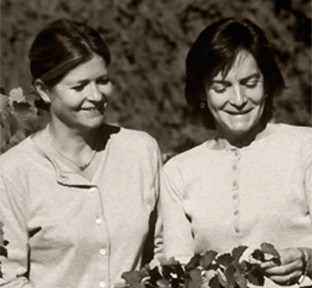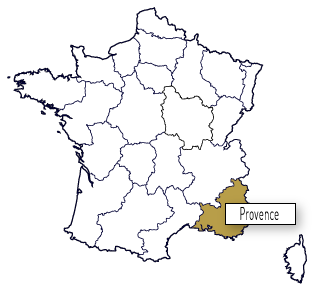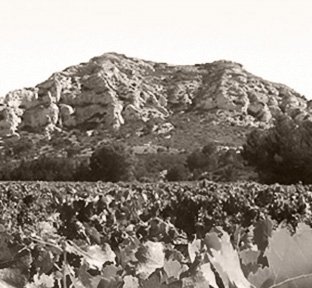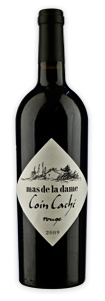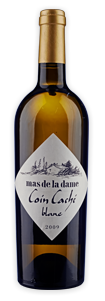Mentioned in the predictions of Nostradamus, painted by Van Gogh, and referred to by Simone de Beauvoir (famed 20th century French author-philosopher) Mas de la Dame has been producing wines and olive oil for four generations. The property in its current form was established by Auguste Faye, whose great-grand daughters Caroline Missoffe and Anne Poniatowski now manage the estate. It covers 740 acres, of which 140 acres are planted with vineyards and 70 acres with olive groves. Laying at the feet of the legendary village of Les Baux de Provence on the southern flanks of the sheltering Alpilles mountain ridge, the vines benefit from a unique terroir and a quite specific microclimate. The vineyards in this part of the Alpilles grow on a very well drained soil formed from eroded argilo-calcareous soil, mingling a harmonious balance with the surrounding garrigue, a blend of wild aromatic Provencal herbs. The persistent mistral promotes healthy vines and an exchange of aromas. To help preserve this exceptional environment, we practice organic agriculture. The soil is worked mechanically while herbicides and pesticides are forbidden.
In 1956 the VDQS appellation “Coteaux des Baux de Provence” was officially recognised. In 1972 the Réserve 1968 and the Rosé 1970 were reserved exclusively for the Queen of England at a luncheon at “La Régalido” in Fontvieille.
The first bottles of Rosé were exported to New York. Robert Faye continued to bring the land back into cultivation…
Other pioneers came to join him, and the “Coteaux des Baux” was accepted into the “Appellation d’Origine Contrôlée” (AOC) from Aix en Provence in 1985. Article 2 provides for the denomination “Les Baux de Provence” for wines coming from grapes harvested in the 8 communes of the Alpilles. And finally, in 1995, the AOC “Les Baux de Provence” was born, thanks to the shared determination of the Les Baux wine-growers to promote this very specific terroir. That same year, Caroline Missoffe and Anne Poniatowski took over running the estate from their parents.


